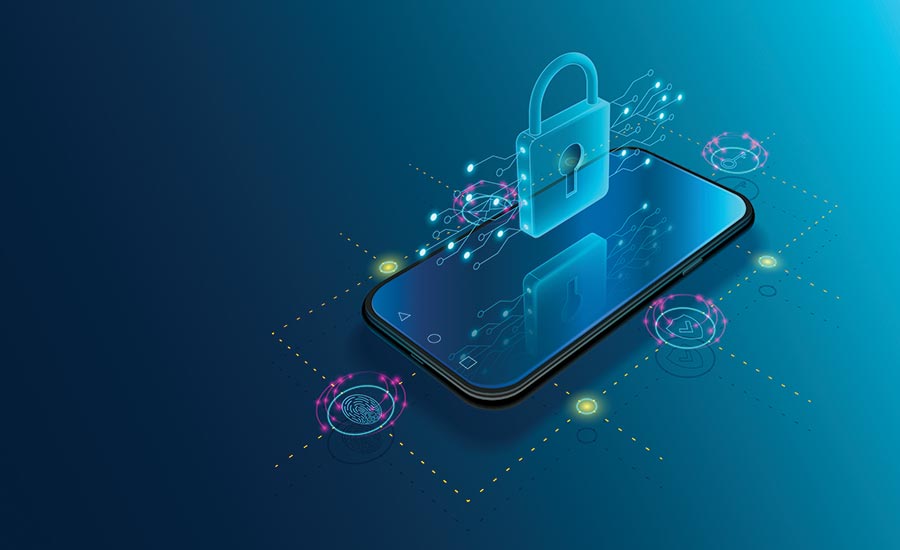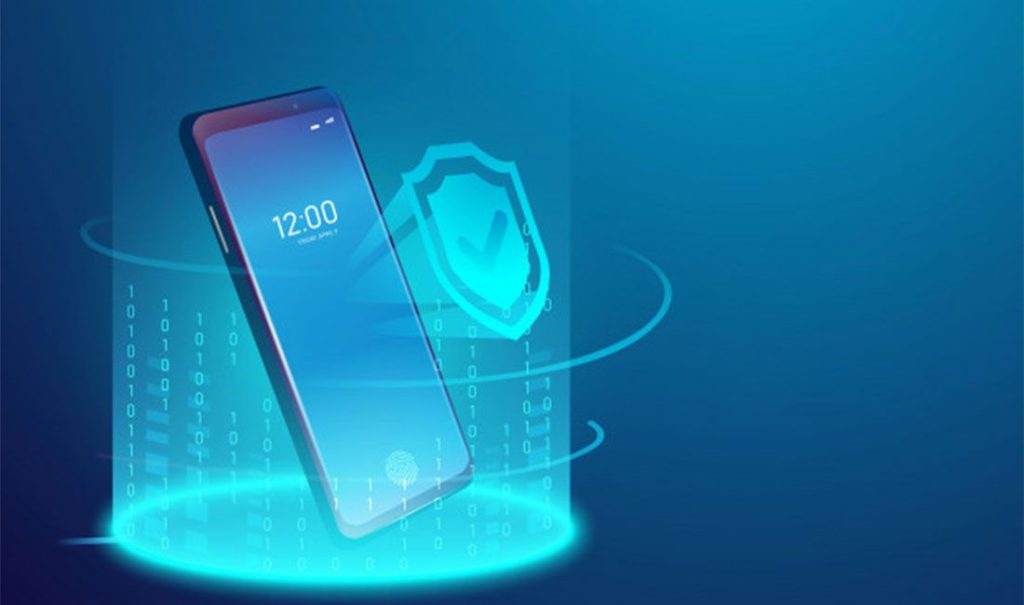
Building Secure Apps: Strategies to Protect User Data and Privacy
By Udit Agarwal

Securing user data and privacy cannot be overstated in today’s digital age. With the increasing prevalence of cyber threats and data breaches, ensuring the security of mobile applications has become a top priority for developers and organizations. Building secure apps requires a comprehensive approach that addresses various aspects of app development, including data storage, transmission, authentication, and compliance with privacy regulations. This article will explore strategies to protect user data and privacy when developing mobile applications.
1. App Data Encryption
One of the most effective ways to protect user data is through encryption. By encrypting sensitive data at rest and in transit, developers can ensure it remains secure even if unauthorized parties intercept it. Robust encryption algorithms and secure protocols such as SSL/TLS for data transmission help prevent data breaches and unauthorized access to user information.
2. Secure Authentication
Implementing robust authentication mechanisms ensures that only authorized users can access sensitive data within an application. Utilizing solid passwords, multi-factor authentication, and biometric authentication methods such as fingerprint or facial recognition can enhance the security of user accounts and prevent unauthorized access.
3. Data Minimization
Adopting a data minimization approach involves collecting and storing only the necessary data required for the application’s functionality. By minimizing the amount of data collected and stored, developers can reduce the risk of data breaches and limit the potential impact of a security incident. Additionally, regularly reviewing and deleting unnecessary data helps ensure compliance with privacy regulations such as the GDPR and CCPA.
4. Secure Data Storage
Storing user data is paramount to protecting it from unauthorized access or tampering. Secure storage mechanisms such as encrypted databases, file-level encryption, and essential management practices help safeguard sensitive information stored on the device or in the cloud. Implementing access controls and audit trails further enhances the security of stored data and helps detect and mitigate potential threats.

5. Secure Communication
Secure communication between the mobile application and backend servers is essential for protecting user data during transit. Utilizing HTTPS with TLS encryption for all communication channels helps prevent man-in-the-middle attacks and eavesdropping. Implementing certificate pinning and enforcing strict SSL/TLS configurations further strengthens the security of communication channels and protects against common vulnerabilities.
6. Regular Security Audits and Testing
Regular security audits and testing throughout the development lifecycle help identify and address potential security vulnerabilities and weaknesses in the application. Using automated security scanning tools, penetration testing, and code reviews uncovers security flaws and ensures adherence to best practices in the development process. Additionally, implementing bug bounty programs encourages ethical hackers to report security issues and helps strengthen the overall security posture of the application.
7. Compliance with Privacy Regulations
Ensuring compliance with privacy regulations such as the GDPR, CCPA, and HIPAA is essential for protecting user privacy and avoiding legal consequences. Developers should familiarize themselves with the requirements of relevant privacy regulations and implement measures to comply with data protection principles such as data minimization, transparency, and user consent. Incorporating privacy-by-design principles into the development process helps build privacy-conscious applications from the ground up.
Conclusion
Building secure apps requires a proactive and holistic approach that addresses various aspects of app development, from data encryption and secure authentication to compliance with privacy regulations. By implementing robust security measures and following best practices throughout the development lifecycle, developers can protect user data and privacy, build trust with users, and mitigate the risk of security breaches. Ultimately, prioritizing security and privacy in mobile app development is essential for safeguarding user information and maintaining the integrity and reputation of the application and the organization behind it.